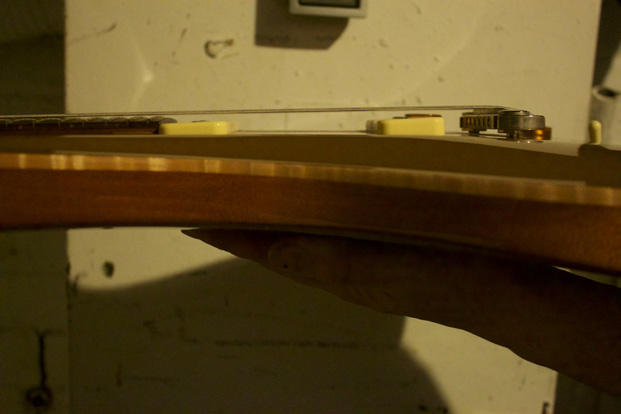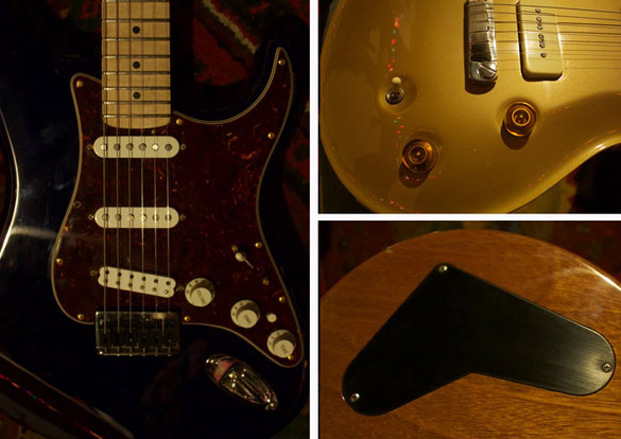
Below, Joe Kruse of Gone Quite Mad shares some luthiery advice.
Being a guitar builder as well as a (bass!) player has given me an interesting perspective on the instrument.
Having to use it as a tool on stage has brought to light some shortcomings that I’ve attempted to solve on my own instruments.
I’ve also taken the opportunity to avoid a few other common design and mechanical problems to make my life as a tech easier. Knowing both sides of the equation has allowed me to see a more complete picture and design an instrument that’s easier on everyone.
Less time worrying about your guitar means more time focusing on what’s important—the music!
1. Truss Rod
Many guitar companies bury the truss-rod-adjustment nut inside the neck. This often leads to the nut getting stripped due to the owner using the wrong-sized wrench. Making the neck with the adjustment nut outside the neck lets you plainly see what you’re doing and can save you trouble down the road.
All the latest guitar news, interviews, lessons, reviews, deals and more, direct to your inbox!
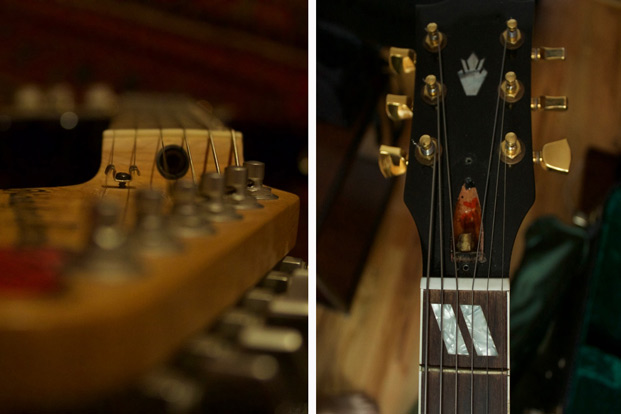
2. Balance
Even if a guitar is light, if it doesn’t balance properly, you’ll end up fighting it all night. Strap-button placement and the length of the bottom line on the guitar are two crucial aspects of a guitar design that lead to good or bad balance. Keeping the bottom line long and subtle allows an instrument with a longer neck and heavy tuners (a big issue on basses) to balance while you're seated. The top strap button should go around the 12th fret and the bottom one a little higher than the centerline of the instrument to give you good balance while standing.

3. String Alignment
Many guitars have string-alignment issues. The highest string will be right on the edge of the neck and the lowest far onto the fret board or vise versa. This is most often an issue with the bridge being placed in the wrong spot, but is sometimes due to a loose neck pocket.
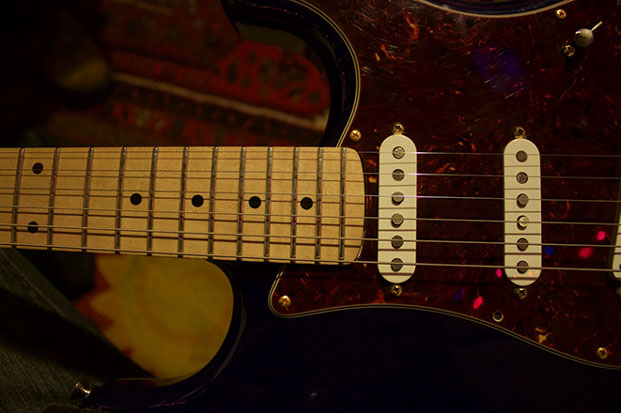
4. Electronics Access
This is more of a complaint from the perspective of a guitar tech. Having to remove the strings and/or neck to get inside the guts of a guitar is a nightmare! Having a totally separate control pocket allows easy access to the electronics, which is often the first place you'll develop problems.
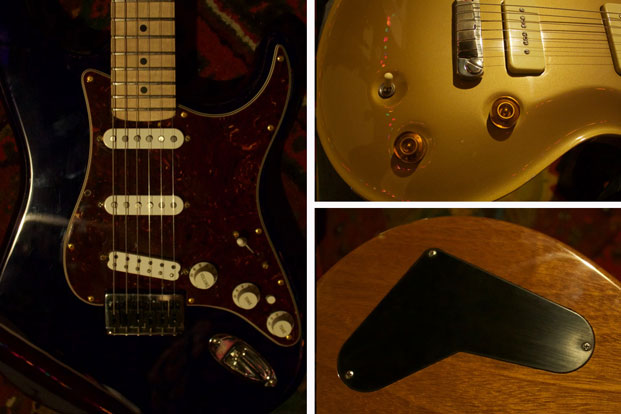
5. Neck Angle
Adding just a slight angle to the neck brings your left hand a little closer and helps keep things comfy. This is a bigger problem on basses and guitars with longer necks, but even on a normal-scale instrument it’s important.
